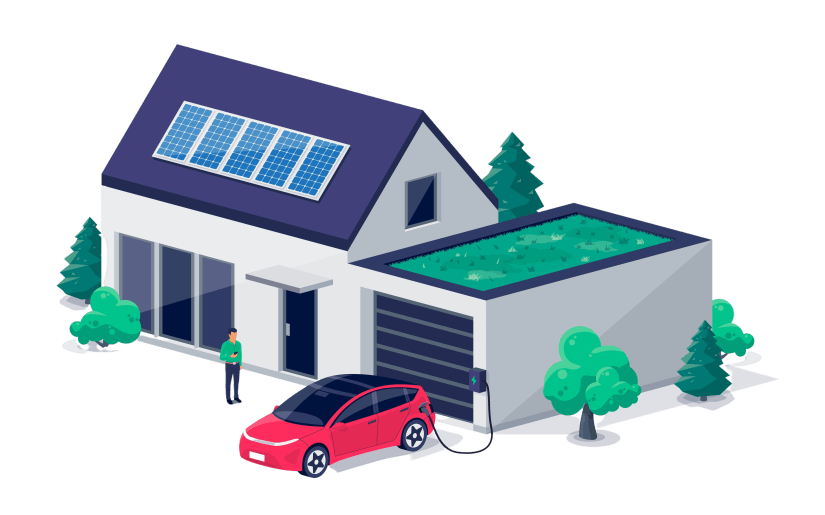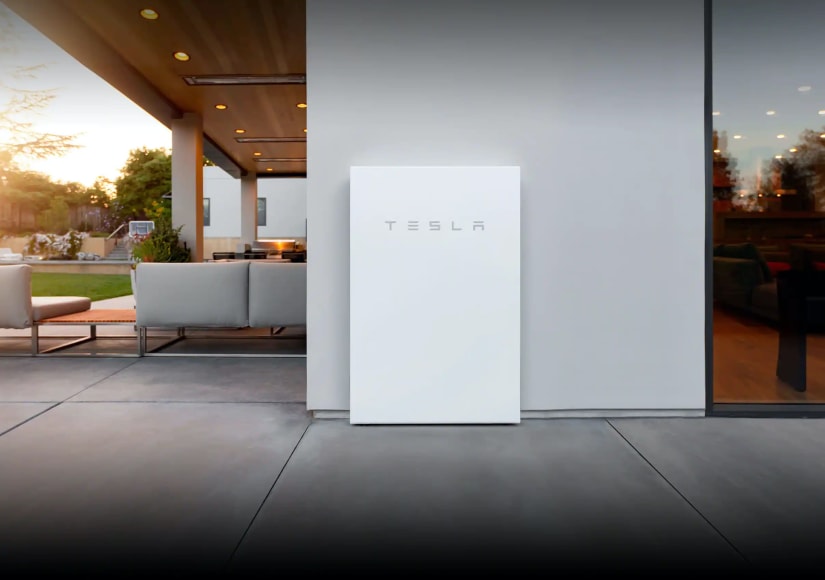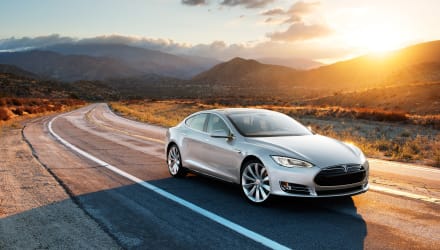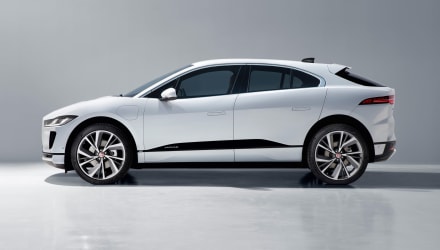Domestic Battery Storage
The cost of home battery storage depends mainly on the following factors:
- How much electricity the battery can store, measured in kWh
- Whether it’s capable of providing emergency power in a power-cut
- The length of the warranty
- How much the battery cells will degrade over the warranty period
- Whether the battery can be mounted outside
- The quality of the materials
At the premium end of the market, you have the Tesla Powerwall (13.5 kWh). It ticks pretty much all of the boxes and costs around £10,000 to £12,000 to have installed. VAT is at 0% if installed alongside solar panels, or at 20% if retrofitted.
Alternatively, if you don’t need such a large battery, you could get say the smaller GivEnergy (8.2 kWh). That would cost around £7,000 to £8,000, through prices do vary from installer to installer.
Commercial Battery Storage
Why would a business want to install battery storage?
Most likely if they already have a solar panel array which is generating more electricity than they need. The batteries will capture some of the surplus.
Commercial battery storage systems often comprise the same batteries as you would find in a home system – but more of them.
As companies usually have heavy-weight 3-phase electricity supplies, there will be one or more batteries on each phase.
For example, a Tesla Powerwall system for a business could have 3, 6, 9, 12, etc., Powerwalls depending on how much storage was required.
If it were a 3 x Powerwall set-up, it could cost about £30,000 to £36,000 inc. VAT @20%.







![65kW Boost 43kWh 5dr Auto [2025]](https://cdn.imagin.studio/getImage?customer=selectcarleasing&angle=1&aspectRatio=1.76&bodySize=5&countryCode=GB&fileType=webp&groundPlaneAdjustment=0.0&make=BYD&modelFamily=DOLPHIN%20SURF&modelRange=DOLPHIN%20SURF%20HATCHBACK&modelVariant=Hatchback&modelYear=2025&paintDescription=Metallic%20-%20Ice%20blue&paintId=26704&powerTrain=Electric&transmission=Automatic&trim=Boost&width=440&zoomLevel=70)
![160kW 70kWh 5dr Auto [11 KWCh] [2025]](https://cdn.imagin.studio/getImage?customer=selectcarleasing&angle=1&aspectRatio=1.76&bodySize=5&countryCode=GB&fileType=webp&groundPlaneAdjustment=0.0&make=LEAPMOTOR&modelFamily=C10&modelRange=C10%20ESTATE&modelVariant=Estate&modelYear=2025&paintDescription=Pearl%20-%20Pearly%20white&paintId=204286&powerTrain=Electric&transmission=Automatic&trim=default&width=440&zoomLevel=70)
![390kW Excellence AWD 83kWh 4dr Auto [2023]](https://cdn.imagin.studio/getImage?customer=selectcarleasing&angle=1&aspectRatio=1.76&bodySize=4&countryCode=GB&fileType=webp&groundPlaneAdjustment=0.0&make=BYD&modelFamily=SEAL&modelRange=SEAL%20SALOON&modelVariant=Saloon&modelYear=2023&paintDescription=Metallic%20-%20Ice%20blue&paintId=26704&powerTrain=Electric&transmission=Automatic&trim=Excellence&width=440&zoomLevel=70)
![1.6T GDi 241 PHEV GT-Line 5dr Auto AWD [2025]](https://cdn.imagin.studio/getImage?customer=selectcarleasing&angle=1&aspectRatio=1.76&bodySize=5&countryCode=GB&fileType=webp&groundPlaneAdjustment=0.0&make=kia&modelFamily=sportage&modelRange=sportage&modelVariant=sport%20utility%20vehicle%20&modelYear=2022&paintDescription=Premium%20paint%20-%20Dark%20penta%20metal&paintId=125607&powerTrain=hybrid&transmission=Automatic&trim=eu&width=440&zoomLevel=70)















